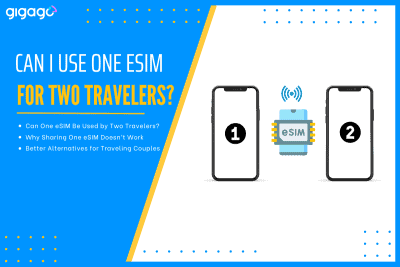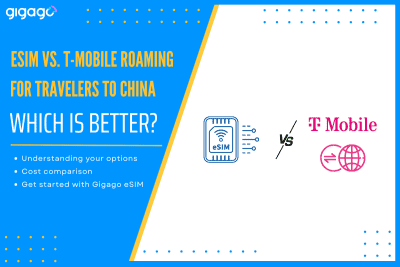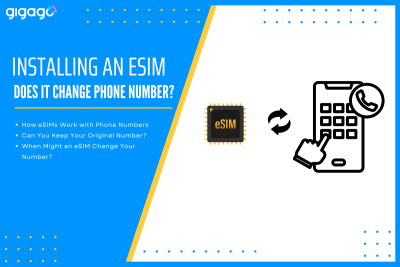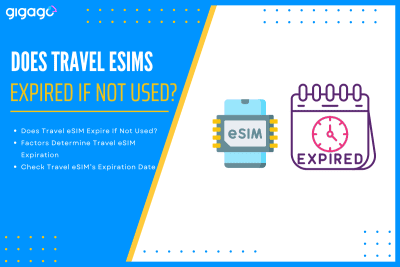When couples or friends travel together, it’s common to look for ways to save on mobile data. One question often comes up: “Can two travelers use the same eSIM?” The short answer is no – one eSIM cannot be used by two different travelers on two separate devices. However, there are practical alternatives that can […]
Differences between eSIM and R-SIM: You Need to Know
The differences between eSIM and R-SIM are crucial to understand for anyone managing mobile connectivity. eSIM provides built-in digital SIM capability in newer devices, while R-SIM offers a physical solution for unlocking carrier-restricted phones. This guide will help you navigate their unique features and limitations.
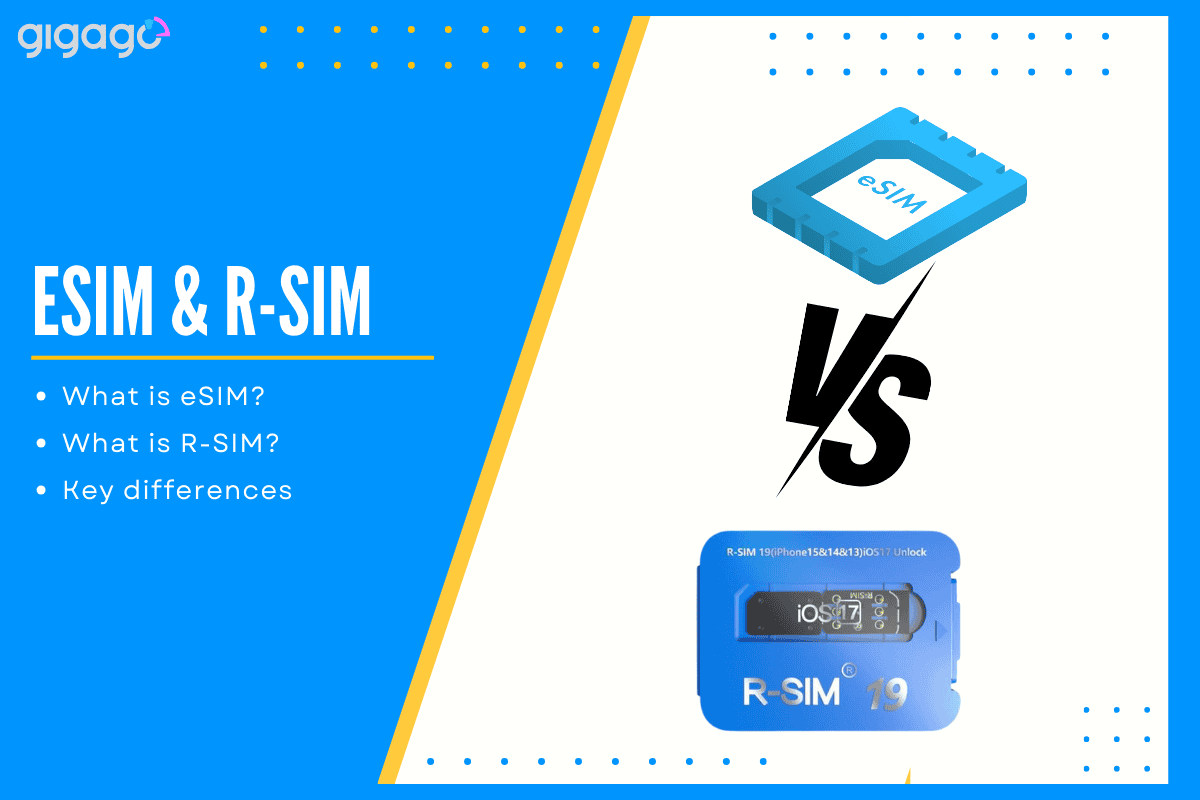
In this article
I. What is eSIM?
eSIM or embedded SIM is a digital SIM card built into your device, replacing the need for physical SIM cards. It works with phones, tablets, smartwatches and other connected devices.
Main features:
- Built into device – no physical card needed
- Stores multiple carrier plans at once
- Switch carriers quickly through device settings
- Activate service online without store visits
Benefits:
eSIM saves space inside devices and makes them more durable. You can easily switch carriers when traveling abroad without swapping cards. It also reduces plastic waste from traditional SIM cards.
Technology works through secure chips inside your device that connect to mobile networks. You can add or change carriers by scanning QR codes or using carrier apps.
More devices now support eSIM, making it a practical choice for staying connected.
II. What is R-SIM?
R-SIM, short for Remote SIM, is a small adapter that unlocks carrier-locked phones, letting them work with different mobile networks. It sits between your SIM card and phone, mainly used with iPhones and other locked devices.
Main features:
- Works as a bridge between SIM card and phone
- Sends unlock codes to bypass carrier locks
- Compatible with most locked phones
- Needs occasional updates for new networks
Benefits:
R-SIM helps users save money by avoiding carrier unlock fees. It’s especially useful for travelers who need to use local SIM cards abroad or anyone wanting to switch networks quickly. The adapter provides a fast solution for temporary network changes.
Remember that R-SIM is different from official carrier unlocking. It may need updates to work with newer phones or networks.
III. Key Differences Between eSIM and R-SIM
These two SIM technologies serve different purposes and work in different ways. Here’s a simple comparison:
| Feature | eSIM | R-SIM |
| What it is | Digital SIM built into device | Physical adapter for SIM cards |
| Main use | Manage multiple carriers digitally | Unlock carrier-locked phones |
| How it works | Activate through QR codes or apps | Insert SIM card into adapter |
| Setup | Quick online setup | Manual installation needed |
| Device support | New phones, tablets, smartwatches | Mainly iPhones and locked phones |
| Best for | Frequent travelers, multiple carriers | Temporary unlocking, budget option |
Choose eSIM if you need to switch carriers often or want a modern digital solution. Pick R-SIM if you need a low-cost way to unlock your carrier-locked phone.
IV. When eSIM and R-SIM Might Coexist
In phones with both eSIM and physical SIM slots, you can use R-SIM to unlock the physical SIM slot while keeping eSIM active. This setup works well for:
Dual network setup: Use your main number through eSIM while having a second unlocked SIM slot for local cards. This is perfect for travelers who need to keep their home number while using local plans abroad.
Important note: Keep in mind that newer phones with eSIM-only support won't work with R-SIM. For these devices, you'll need to use official carrier unlocking or other approved methods.
V. Which One Should You Choose?
eSIM and R-SIM serve different purposes.
- eSIM provides digital convenience with easy network switching and international roaming, ideal for modern devices and frequent travelers.
- R-SIM focuses on unlocking carrier-locked phones, offering an affordable solution for second-hand devices and local SIM usage abroad.
Some phones support both systems, but eSIM-only devices need official unlocking. Choose based on your device and needs.
VI. FAQs
Can R-SIM unlock an eSIM-Only Device?
No. R-SIM needs a physical SIM slot to work, while eSIM-only devices have none. These devices require official carrier unlocking or eSIM-specific solutions.
Does R-SIM affect eSIM performance?
No. In phones supporting both systems, R-SIM and eSIM work independently. They use separate hardware and software paths, allowing trouble-free coexistence in dual-SIM phones.
